Embracing Diversity: The Power of Hiring People with Disabilities
Author : Cintia Lutz
In today's rapidly evolving world, diversity and inclusion have become buzzwords in the corporate realm. While organizations are making strides towards creating more inclusive workplaces, the spotlight is now turning towards hiring people with disabilities. This paradigm shift is not just about meeting quotas; it's about recognizing the unique talents and perspectives individuals with disabilities bring to the table. In this article, we will delve into the importance of hiring people with disabilities, what employers should know when making these hires, and the significance of creating a safe space for job seekers with disabilities.
The Importance of Hiring People with Disabilities:
Diverse Perspectives Drive Innovation: Individuals with disabilities often develop innovative problem-solving skills and creative thinking to navigate a world designed for those without disabilities. By incorporating these unique perspectives into the workplace, companies can foster a culture of innovation and creativity.
Expanding Talent Pool: Hiring individuals with disabilities expands the talent pool, allowing organizations to tap into a wealth of skills and abilities that may be overlooked. This not only benefits the individuals with disabilities but also contributes to the overall success and growth of the company.
Enhanced Employee Morale and Productivity: Embracing diversity fosters a positive work environment where all employees feel valued and included. This inclusivity leads to higher morale, increased productivity, and a stronger sense of loyalty among team members.
What Employers Should Know When Hiring People with Disabilities:
Accessibility and Accommodations: Employers should ensure that the workplace is accessible to individuals with disabilities. This may involve making physical modifications, providing assistive technologies, or offering flexible work arrangements. Accommodations can vary widely and should be tailored to individual needs. According to Able & Available Job Board, the most common request is flexible schedule and quiet environment.
Inclusive Recruitment Practices: Modify recruitment processes to be more inclusive. This includes using accessible job application platforms, providing information in multiple formats, and offering interview accommodations. A diverse interview panel can also contribute to a more inclusive hiring process.
Training and Sensitization: Ensure that employees and management undergo training to create awareness and sensitivity towards the needs and capabilities of colleagues with disabilities. This not only promotes a more understanding workplace but also helps in breaking down stereotypes and biases.
Showcase your inclusion policy: Build partnerships with organizations that specialize in disability advocacy. Collaborating with these groups can provide valuable insights, resources, and a pool of potential candidates. It also sends a positive message to the community about the organization's commitment to diversity and inclusion. Post your job openings in job boards that target the audience you want to reach.
There are still some myths that people believe about hiring people with disabilities, let’s break some of them now:
Myth : Accommodations cost too much.
Fact : In reality and with proper planning and knowledge, most job accommodations are simple and inexpensive, 80% of accommodations cost less than $500. There are government programs which can defer some or all of the cost of the accommodation.
Most frequently reported accommodations were changes in job duties and modified hours of work. Accommodations mostly have more to do with creativity, flexibility, and sound management practices than expensive structural modifications or specialized technology.
Myth : It is difficult to interview individuals with disabilities.
Fact : Use the same interview techniques and ask the same job-related questions that you would ask other applicants. Remember to focus on abilities rather than disabilities, and interviewing should be easy.
Myth : Employees with disability have a high turnover rate.
Fact : Up to eight different studies reported that hiring people with disability improved retention and reduced turnover. While one study has found that employees with disability stay on the job four months longer on average than those without disability.
Myth : I can’t fire or discipline an employee with a disability.
Fact : While there are laws in place to protect the rights of individuals with disabilities, there are no special procedures for firing or disciplining employees with disabilities. Establish clear performance expectations from the start. If a performance problem does occur, follow your company’s usual guidelines: discuss the problem with the worker, look for solutions, document the situation and, if necessary, terminate the employment agreement.
In conclusion, by fostering an inclusive workplace, organizations not only tap into a diverse pool of talent but also contribute to a culture of innovation, productivity, and overall employee satisfaction. Employers must be proactive in understanding the unique needs of individuals with disabilities, making necessary accommodations, and creating a safe and welcoming environment for job seekers. Embracing diversity is a strategic decision that paves the way for a brighter and more inclusive future for all.
The views and opinions expressed in this blog post belong solely to the original author(s) and do not necessarily represent the views and opinions of CPHR Alberta.
Connect with Cintia Lutz
The views and opinions expressed in this blog post belong solely to the original author(s) and do not necessarily represent the views and opinions of CPHR Alberta.





